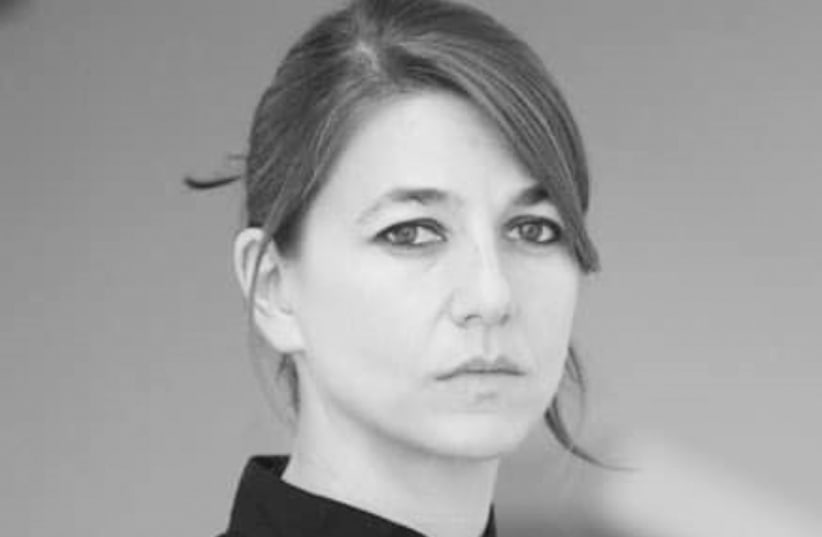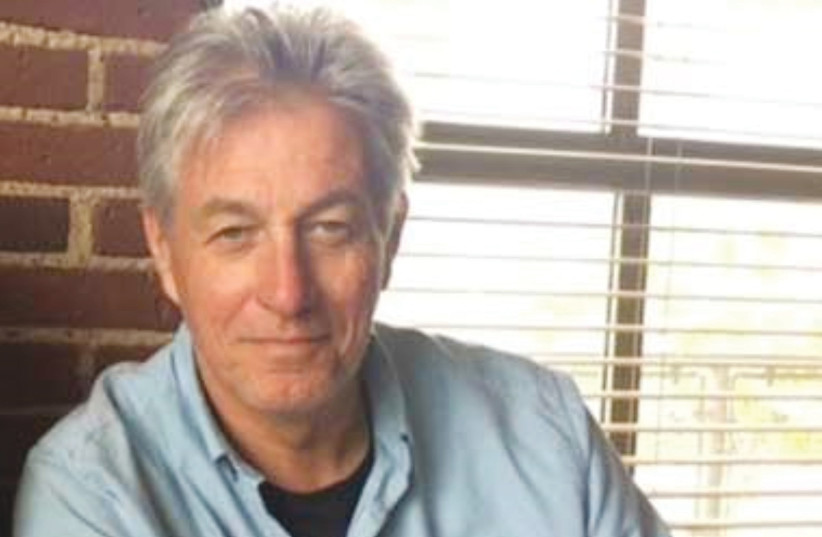The Avni Institute of Art and Design (AIAD) is aiming to restore its position as a central body in the Israeli art world.
The organization recently hosted a special visit by professor Richard Noble, head of the art department at Goldsmiths College, London, and professor Andrew Renton, head of the curating program of Goldsmiths College, London, one of the most prestigious art departments in Europe.
The two met key members of the local art field to examine the possibilities for establishing international academic and professional ties in Israel.
The visit was part of the reorganization and rebranding of the institute, led by Candida Gertler as chairperson and Nili Lamdan as the new CEO of AIAD, which includes rethinking and expanding teaching courses, alongside keeping and reconfiguring its academic connection to the Open University.
In this framework, AIAD is introducing a new curating and critical thinking course, which will open this coming October.
Aharon Avni and Moshe Sternschuss established AIAD in Tel Aviv in 1936, with the goal of it becoming a center for emerging contemporary art. It is the largest, oldest and most renowned art institute in Tel Aviv, and many notable artists and designers have passed through its gates as teachers or students.
What does the new program include?
The new multi-disciplinary program will combine theoretical studies and practical experience, focusing on different aspects of curation and critical thinking in the field of contemporary art both in Israel and abroad.
According to Hadas Maor, the head of the new program, it will offer exposure to a large body of critical theories and concepts, case studies of exhibitions, curating approaches and alternative work practices in various fields, such as art, architecture, theater, dance and more.
THE PROGRAM includes a long list of meetings with curators, writers and leading artists, both local and international. After graduating from the course, the student will be able to enter a training period in different institutions in Israel.
Maor says that it is not only the course of curating and critical thinking that is new. “The new management is rethinking the whole program. It may take a year, two years or three years but eventually, we will have at least three different postgraduate programs conducted simultaneously. The curating course will last three semesters and students will be granted a certificate,” she says.
“There will be international speakers, among them internationally renowned curators, such as Hans Ulrich Obrist, Fatos Ustek, Sumayya Vally and more.”
Hadas Maor
“There will be international speakers, among them internationally renowned curators, such as Hans Ulrich Obrist, Fatos Ustek, Sumayya Vally and more,” she promises.
Today, with new management and after a period of deterioration, the institute, which was about to close, aims to revive its standing in the Israeli art world and turn it into a center for various cutting-edge, innovative art fields.
As part of the new approach, the chairperson of AIAD, Gertler, a British and German art collector, philanthropist and former journalist, approached Noble and Renton and got them involved as advisors and lecturers of the new program.
“I think that this historically significant place in Tel Aviv can be recuperated in a new and interesting way. I think that it is a worthwhile project and certainly, something I am personally willing to support,” Noble said.
Maor says that the new course will include “all aspects of culture because now we see theater and dance in museums as part of the art. The boundaries are diffusing and it is interesting to see how to extend boundaries without losing the essence of what art is.”
Curating art exhibitions is not what it used to be, says Maor. “I think about the question of what curation is and, you know, years ago the curator was the person who was in charge of the treasure. It was obvious then what the treasure is and how it needs to be protected and who is allowed to view the treasure. Today, curating is about creating, stimulating, and engaging the artist and the situation, and promoting the creation of the artistic endeavor,” elaborates Maor.

